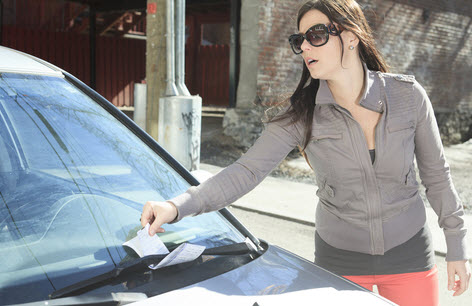Most vehicle collisions are not unavoidable accidents. In fact, driver error causes over 90 percent of all the car crashes in Florida. Many times, driver impairment, such as substance use or fatigue, causes these crashes. Other times, the tortfeasor (negligent driver) committed an operational error. The more common ones are outlined below.
Legally, tortfeasors who violate a section of the traffic code and cause crashes are presumptively liable for damages. Brandon car accident attorneys need only introduce some additional evidence of negligence, such as a particularly excessive speed.
Damages in car wreck claims usually include compensation for economic losses, such as medical bills, and noneconomic losses, such as pain and suffering. Additional punitive damages may be available as well, especially in extreme situations.
Speeding
Excessive velocity increases the risk of a crash as well as the injuries sustained in that crash. So, speed is a factor in about a third of the fatal vehicle wrecks in Hillsborough County.
Speed multiplies stopping distance. That’s the ground a vehicle covers in the amount of time it takes drivers to see hazards, move their feet off the accelerator, apply the brakes, and safely stop the car. At 30mph, stopping distance is about six car lengths for most vehicles. At 60mph, stopping distance triples to eighteen car lengths, Additional factors, such as road conditions and vehicle weight, may increase stopping distance even more.
Additionally, speed multiplies the force in a collision between two objects, according to Newton’s Second Law of Motion. In other words, a few extra ticks on the speedometer transforms a non-injury “fender bender” into a serious injury collision.
Under Florida law, police officers can give drivers speeding tickets even if they are driving below the posted speed limit. That limit is presumptively a reasonable speed. Traffic, environmental, road, and other conditions may dictate a lower reasonable speed.
Illegal Turn or Lane Change
Unpredictable turns also cause a number of vehicle collisions. These traffic violations come in several different forms, such as:
- Changing lanes without signalling,
- Making an illegal u-turn,
- Ignoring a “no right turn on red” or other such sign and
- Changing lanes too close to an intersection.
As mentioned, the negligence per se doctrine usually applies in these situations. Tortfeasors are presumptively negligent if they make illegal turns, and those turns substantially cause cat crashes. Additional evidence includes behavior like changing lanes suddenly and without looking. Other drivers violate multiple traffic laws at the same time. For example, they speed and make illegal lane changes.
Unsafe Following Distance
Tailgating is a violation of Section 316.08 of the Florida Statutes. This provision requires drivers to follow vehicles at a “reasonable and prudent” distance. Typically, this distance involves the informal two-second rule. When the car ahead of a driver passes a fixed point, like a sign or driveway, the trailing car should pass that point at least two seconds later.
Tailgating reduces reaction time. Furthermore, tailgating makes other drivers nervous. Such behavior may also lead to road rage incidents, which are covered by a different traffic law.
Contact Savvy Attorneys
It is generally easier to establish liability if the tortfeasor committed at least one traffic violation immediately prior to a crash. For a free consultation with an experienced car accident lawyer in Brandon, contact Reed & Reed, Attorneys at Law. We have four area offices (St. Petersburg, Lakeland, Tampa, and Clearwater).
Resource:
cyberlaw.stanford.edu/blog/2013/12/human-error-cause-vehicle-crashes
https://needreed.com/what-happens-if-the-other-driver-is-under-insured/

